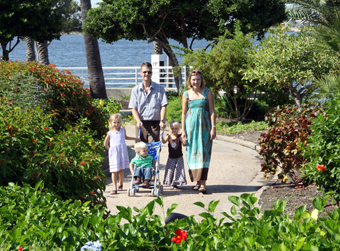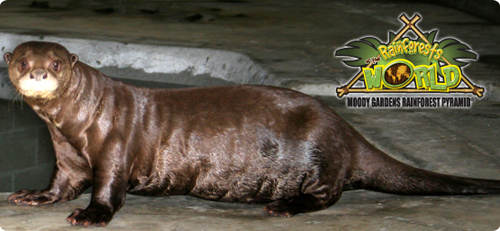Learn how you can make a difference as Moody Gardens® welcomes several guest speakers for a special Earth Day event on Saturday.
Join fellow nature enthusiasts from 10 a.m. until 1 p.m. at the Herb Garden at Moody Gardens. The event features three presentations on ways you can help the environment.
There will also be special arts and crafts for kids from 10 a.m. to noon. All of the presentations and activities are free to the public.
Want like to lower your carbon footprint on this Earth and be a helper to Mother Nature? Learn 75 ways to live a “Greener N Leaner Life” at 10 a.m.
Got butterflies? Don’t have butterflies, but want them? At 11 a.m., learn the best practices for cultivating a habitat that will attract the beautiful and beneficial insects to your garden.
At noon, learn about collecting rainwater to help water your plants. Water can be costly and often rationed during a Texas drought, so having an additional, free source of that essential liquid is appealing.
EVENT DETAILS:
When: Saturday, April 19
Where: Herb Garden (outside of Discovery Pyramid)
Schedule:
- 10:00 a.m. Tish Reustle
- 10:30 a.m Q & A
- 11:00 a.m. Ken Steblein
- 11:45 a.m. Q & A
- 12:00 p.m. Tim Jahnke
- 12:45 p.m. Q & A
- 10:00 a.m. – 12 p.m. : Arts & Crafts
Topics of Discussion:
- Rainwater Harvesting (Tim Jahnke): Water is expensive, especially on an island without fresh rivers, lakes and streams. So having an additional, free source of that essential liquid is appealing. Tim speaks on the topic of collecting rainwater to help us water our plants. Free of the usual chemicals that must be put into our drinking water to keep it safe for us, rainwater is perfect for our flowers, trees and shrubs.
- 75 Ways to Live a Greener N Leaner Life (Ken Steblein): Would you like to lower your carbon footprint on this Earth? Could you be a helper to Mother Nature and live in harmony with Earth’s living things? Learn to become part of the solutions to the problems we are facing today.
- Butterfly Gardening for the Gulf Coast (Tish Reustle): Got Butterflies? Don’t have them, but want them? Learn the best practices for cultivating a habitat that will attract the beautiful insects to your garden. You will have caterpillars galore in no time.





